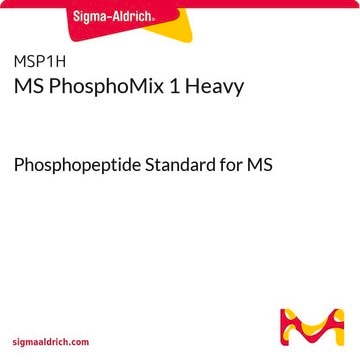H2016
HPLC peptide standard mixture
analytical standard
Synonym(s):
Peptide calibration standard for HPLC
About This Item
Recommended Products
grade
analytical standard
Quality Level
description
Peptide standard
form
powder
composition
angiotensin II
Gly-Tyr
Leu enkephalin
Met enkephalin
Val-Tyr-Val
analyte chemical class(es)
amino acids, peptides, proteins
concentration
~0.5 mg each component (dried film)
technique(s)
HPLC: suitable
color
white
application(s)
food and beverages
compatibility
use to QA Reversed phase columns
format
multi-component solution
storage temp.
−20°C
Application
Packaging
related product
Storage Class Code
11 - Combustible Solids
WGK
WGK 3
Flash Point(F)
Not applicable
Flash Point(C)
Not applicable
Choose from one of the most recent versions:
Certificates of Analysis (COA)
Don't see the Right Version?
If you require a particular version, you can look up a specific certificate by the Lot or Batch number.
Already Own This Product?
Find documentation for the products that you have recently purchased in the Document Library.
Customers Also Viewed
Our team of scientists has experience in all areas of research including Life Science, Material Science, Chemical Synthesis, Chromatography, Analytical and many others.
Contact Technical Service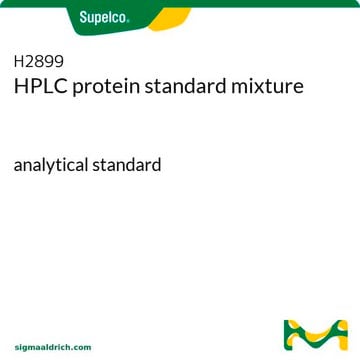
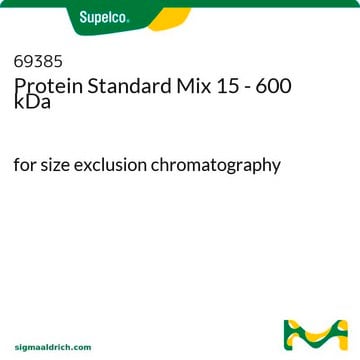
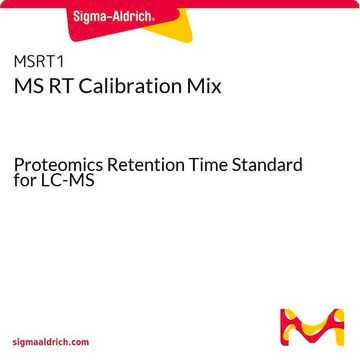
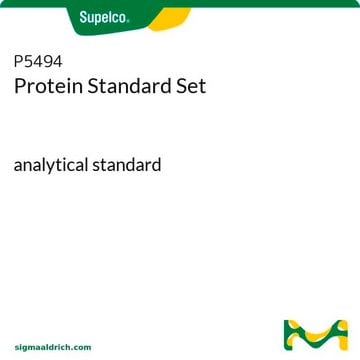


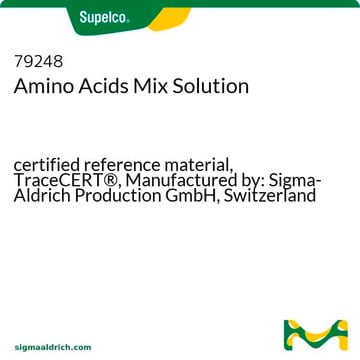
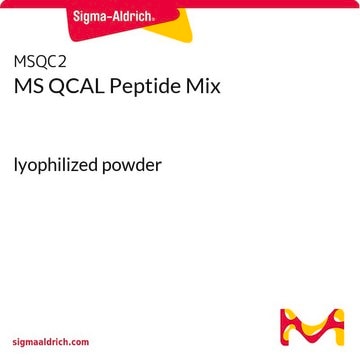
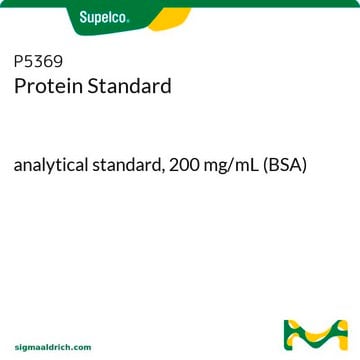
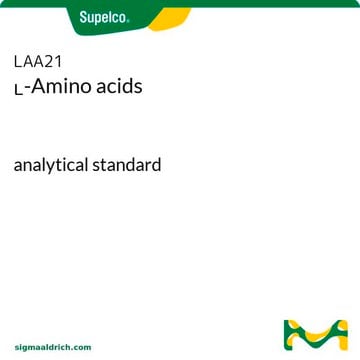

![[D-Ala2]-Leucine enkephalin ≥97% (HPLC)](/deepweb/assets/sigmaaldrich/product/structures/205/481/4fd123c0-14c7-4f90-8bdc-9e54a4bea7f1/640/4fd123c0-14c7-4f90-8bdc-9e54a4bea7f1.png)
![[Met5]Enkephalin acetate salt hydrate ≥95.0% (HPLC), powder](/deepweb/assets/sigmaaldrich/product/structures/158/699/80b4b65b-7e48-49a2-ba61-4433cf1f375c/640/80b4b65b-7e48-49a2-ba61-4433cf1f375c.png)

